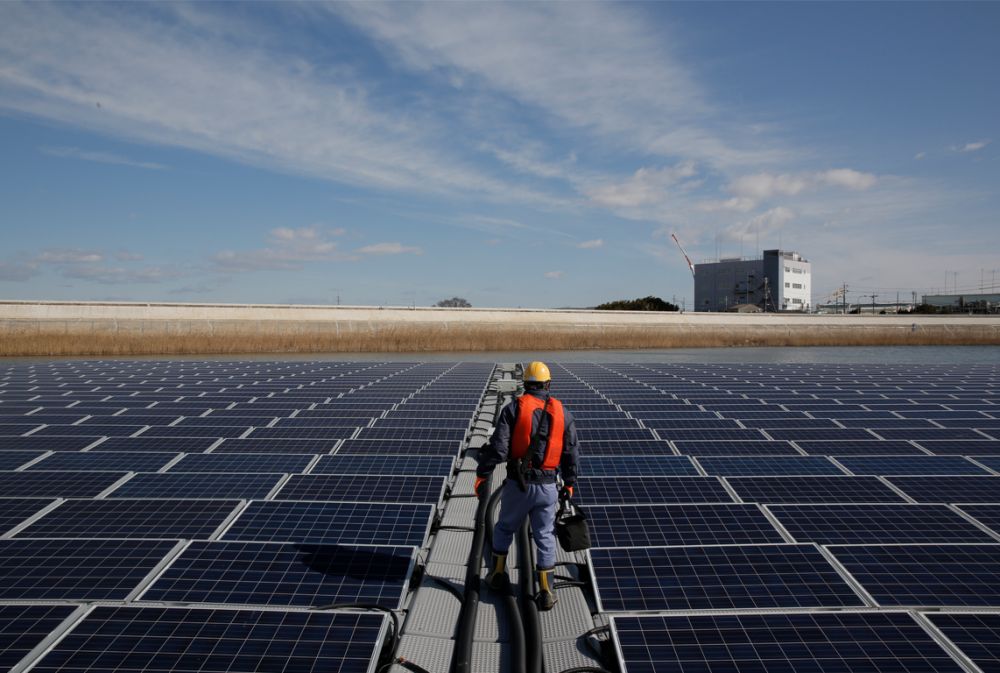Apple is now 100% powered by renewable energy
Tech giant Apple now claims its entire global operations are powered by renewable energy.

Tech giant Apple now claims its entire global operations are powered by renewable energy.
This means that all its retail stores, data centres and offices in 43 countries either directly use clean power, or are offset using renewable energy certificates. This is common practice within the industry and helped Google meet its own 100 percent target, officially announced last week.
On the manufacturing side, Apple also announced that nine new partners have committed to power its production facilities using 100 percent renewables, which now means 23 of its suppliers have made the pledge. However, the company has at least 200 global suppliers helping to make the majority of its products.
“We’re committed to leaving the world better than we found it. After years of hard work we’re proud to have reached this significant milestone,” said Tim Cook, Apple’s CEO. “We’re going to keep pushing the boundaries of what is possible with the materials in our products, the way we recycle them, our facilities and our work with suppliers to establish new creative and forward-looking sources of renewable energy because we know the future depends on it.”
Apple has a total of 25 operational renewable projects around the world and another 15 under construction. 2017 saw 286 megawatts of solar PV generation come online; it will soon have a portfolio of 1.4 gigawatts of renewable energy projects under control across 11 countries.
For example, 485 megawatts of wind and solar projects have been built in China to address emissions from its huge manufacturing presence in the country. The new Apple Park in Cupertino, California is also a model of sustainability, and reportedly the largest LEED Platinum-certified office building in North America.
Apple has also worked to embed sustainable practices across other areas of its business, including only using paper in its packaging that is recycled or sustainable. It claims to now be protecting and creating enough sustainably managed forests in China and the United States to cover all its product packaging.

_400_250_80_s_c1.jpg)




